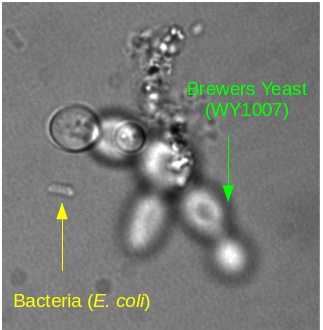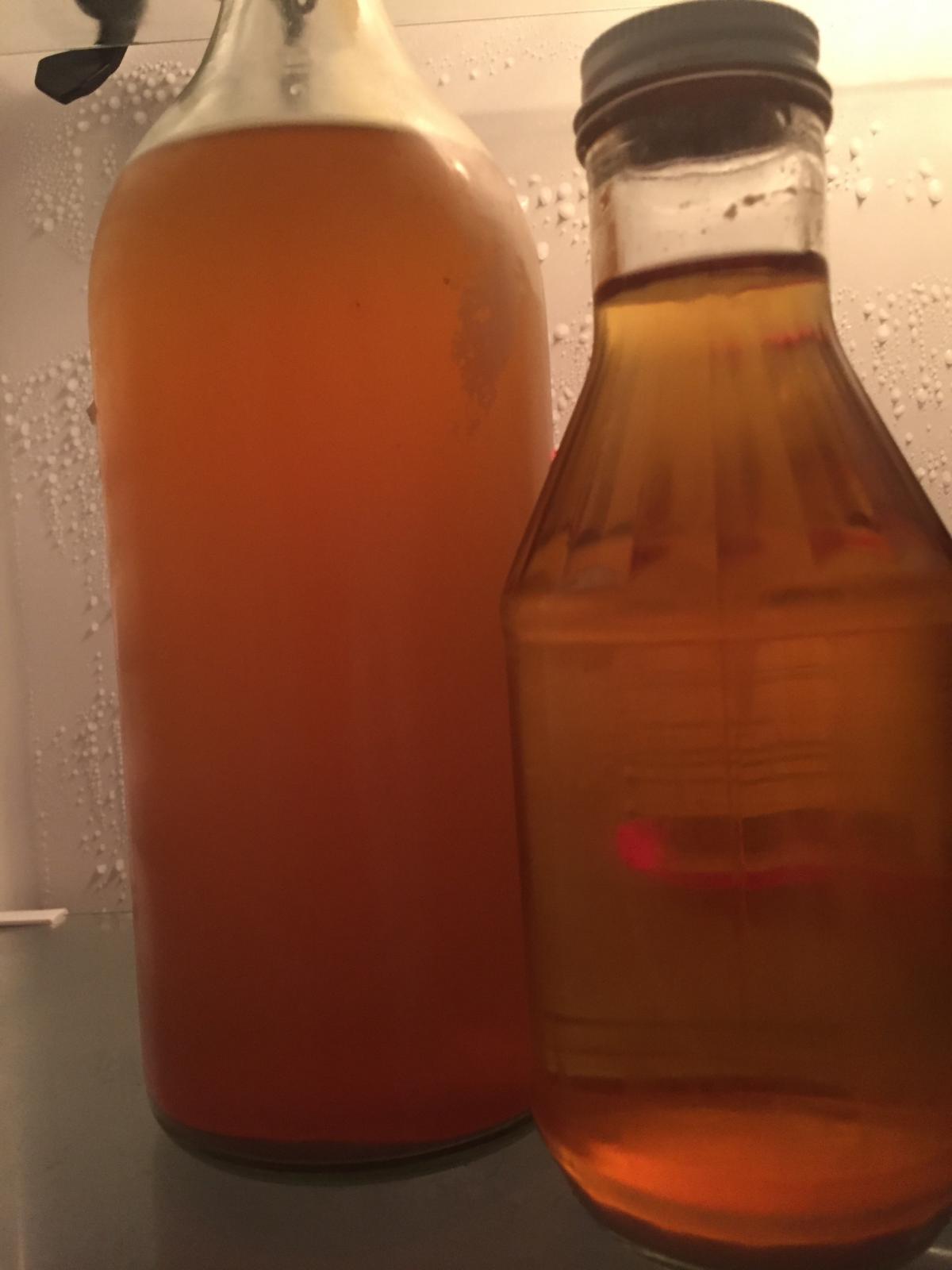Do you get anything from the Pacific Jade bittering in terms of flavor? I have Galaxy and Cascade, so I will try that combo. I thought Galaxy alone was a little one dimensional (passion fruit dimension).
I'm not one of those that will claim that a bittering addition doesn't add any flavor, but I think it doesn't make too much of a difference when you have a lot of late hops.
In this case it was a cheap high alpha acid hop my LHBS had.
I have yet to taste the final product, legged it yesterday, but it smelled amazing so far. They liken galaxy to citra, and I think especially adding cascade really helped to bring out the more citrusy notes from it. I ended up only dry hopping with cascade because I had whole leaf of that one, and because of the infection, ended up dry hopping in the keg. So I left out the Galaxy since they were pellets. I'll brew an ipa this weekend with the two though.


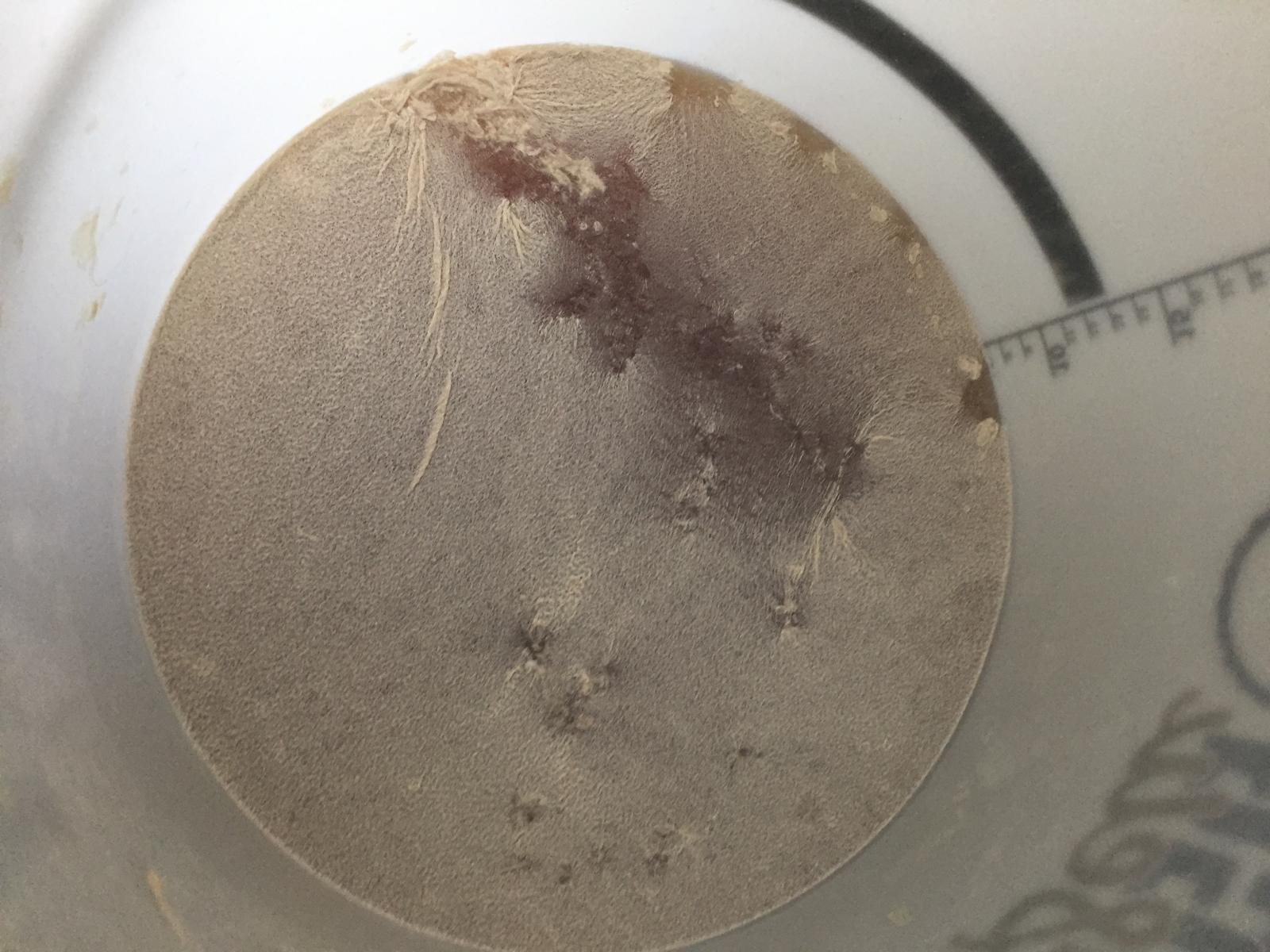
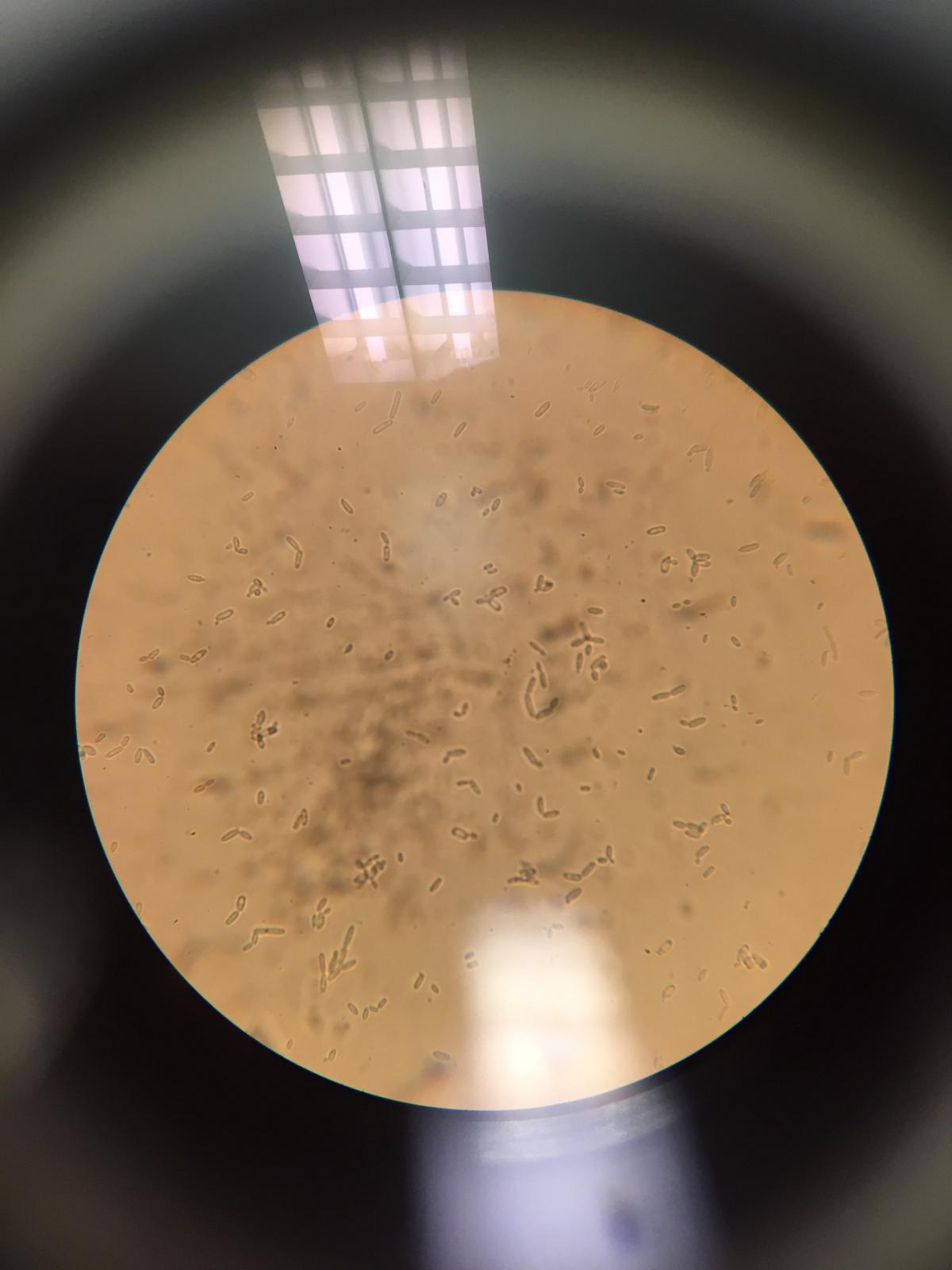
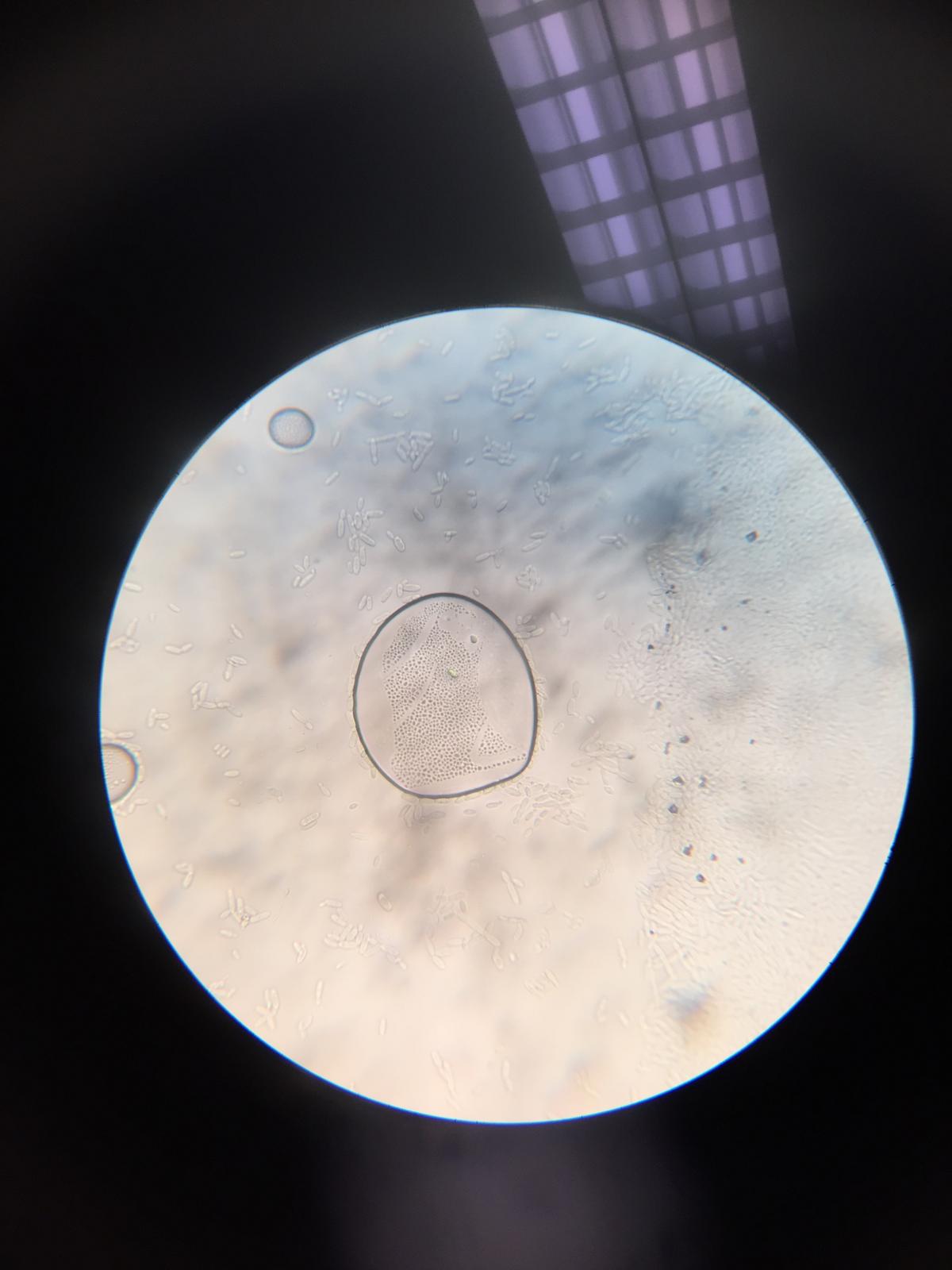













































![Craft A Brew - Safale BE-256 Yeast - Fermentis - Belgian Ale Dry Yeast - For Belgian & Strong Ales - Ingredients for Home Brewing - Beer Making Supplies - [3 Pack]](https://m.media-amazon.com/images/I/51bcKEwQmWL._SL500_.jpg)










